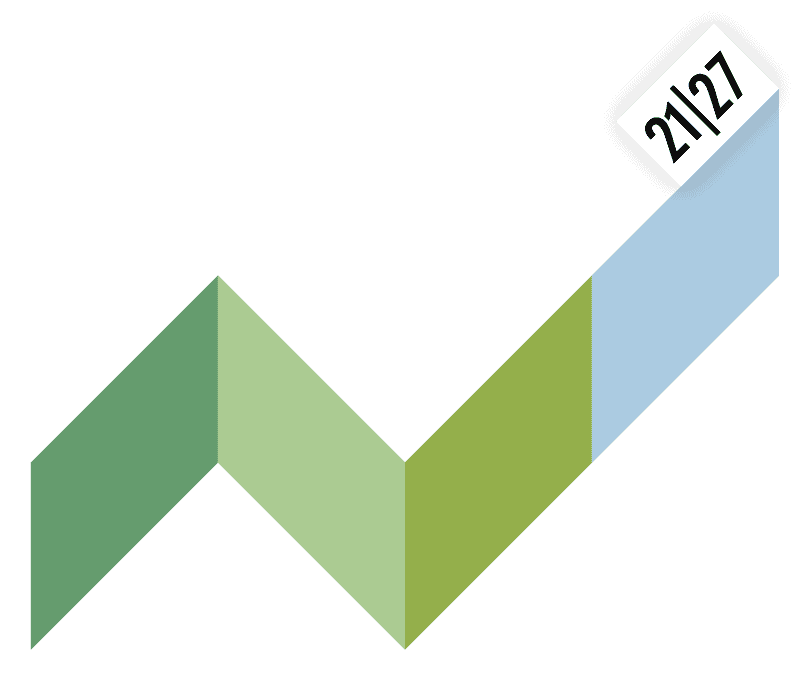One of France’s 2 LLs, the Saint Pierre de Chartreuse-Le Planolet ski resort and its supporting communes, in the heart of the Massif and the Chartreuse Regional Park, is currently living through an important chapter in its history, with a present greatly weakened by the impact of climate change and a future that is the subject of much discussion in the area, reflecting contrasting visions.
These two major factors, i.e. successive winter seasons with poor snowfall and the high cost of running the ski area, have prompted the local population to get together and think about possible solutions. As a result, an association of socio-professionals has been set up to manage and operate the ski area for the current season and possibly for future seasons, conditions permitting. However, this management is part of a complex situation in which the intermunicipality is still responsible for loan repayments, giving rise to controversy within the community. At the same time, the State, through various financial support schemes, sees the area as a place of experimentation where exemplary approaches to transition can be tested and validated.
In this complex context, the TranStat project plays a structuring role by providing scientific knowledge, which is essential for enriching the perceptions of stakeholders, or even deconstructing them, with a perspective of sharing a common base, a support for realistic futures to be designed.
More specifically, following the methodological approach set out in WP2 of the project, the Raffaella Balzarini et Emmanuelle George (INRAE team) carried out a diagnosis of the area in autumn 2023: a socio-economic and environmental diagnosis of the area, as well as taking into account the practices of tourists by the UGA team. A diagnosis of the current situation as well as its history was the subject of a public presentation, to be discussed with a large panel of participants. Thus, a large evening attended by 130 people was organised by INRAE on 30 January 2024 in a movie theatre. The presentation made by Emmanuelle George gave the audience an insight into the historic development of the resort, its role in the region’s tourism supply and the difficulties that need to be taken into account when considering its future.
Discussions with the audience highlighted the importance of I) the quantitative data in this decision-making context, II) the global scientific approach that places the station in a more complete territorial dimension, but also III) the specific domain-related expertises that remain to be explored in greater depth, such as the role of the forest and water in future territorial scenarios. The relevance of visions of the future in the Chartreuse by young inhabitants and by artistic cultural spheres was also highlighted.
On the heels of this evening, INRAE is continuing its efforts to involve the general public through working sessions on specific themes, while preparing for the future scenario stage.



